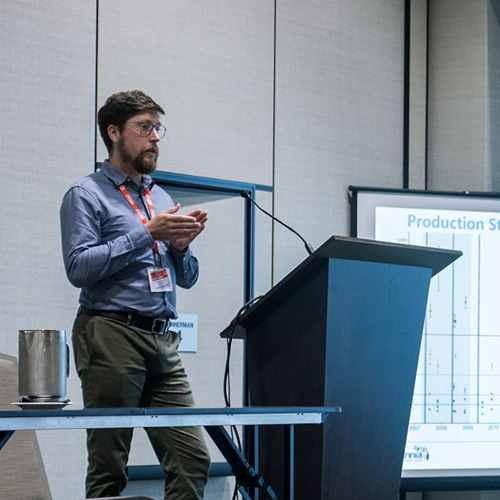


Meet with us to learn more about our research projects at upcoming conferences, lectures, workshops, and more.
Have you ever wondered what aquaculture sites look like under the water? These innovative 3-D aquaculture models allow you to visit and interact with finfish and shellfish sites virtually.

These models were developed in partnership with SS&DI/3D Wave with support from Canada’s Ocean Supercluster.

Meet curriculum outcomes in a FUN, ENGAGING way! These FREE online resources are specifically designed to advance MARINE EDUCATION in Nova Scotia classrooms.
Each student and accompanying educator guide for grades P-3 and 4-6, in both English and French, are aligned with the Nova Scotia Public School Program’s curricular learning outcomes and Nova Scotia Department of Fisheries and Aquaculture’s Marine and Coastal Education Strategy and feature Nova Scotia specific lesson plans, resources, and activities.
These resources were developed in partnership with SeaChange CoLab with funding from the Province of Nova Scotia.
CMAR leads an informal group of researchers, engineers, and ocean stewards that use or oversee data buoys. This group meets virtually every 3 to 4 months and provides a forum to present and discuss the unique challenges of deploying and maintaining data buoys.
Presentations are recorded and will soon be posted on the NavHub channel.
If you would like to participate, please get in touch.
